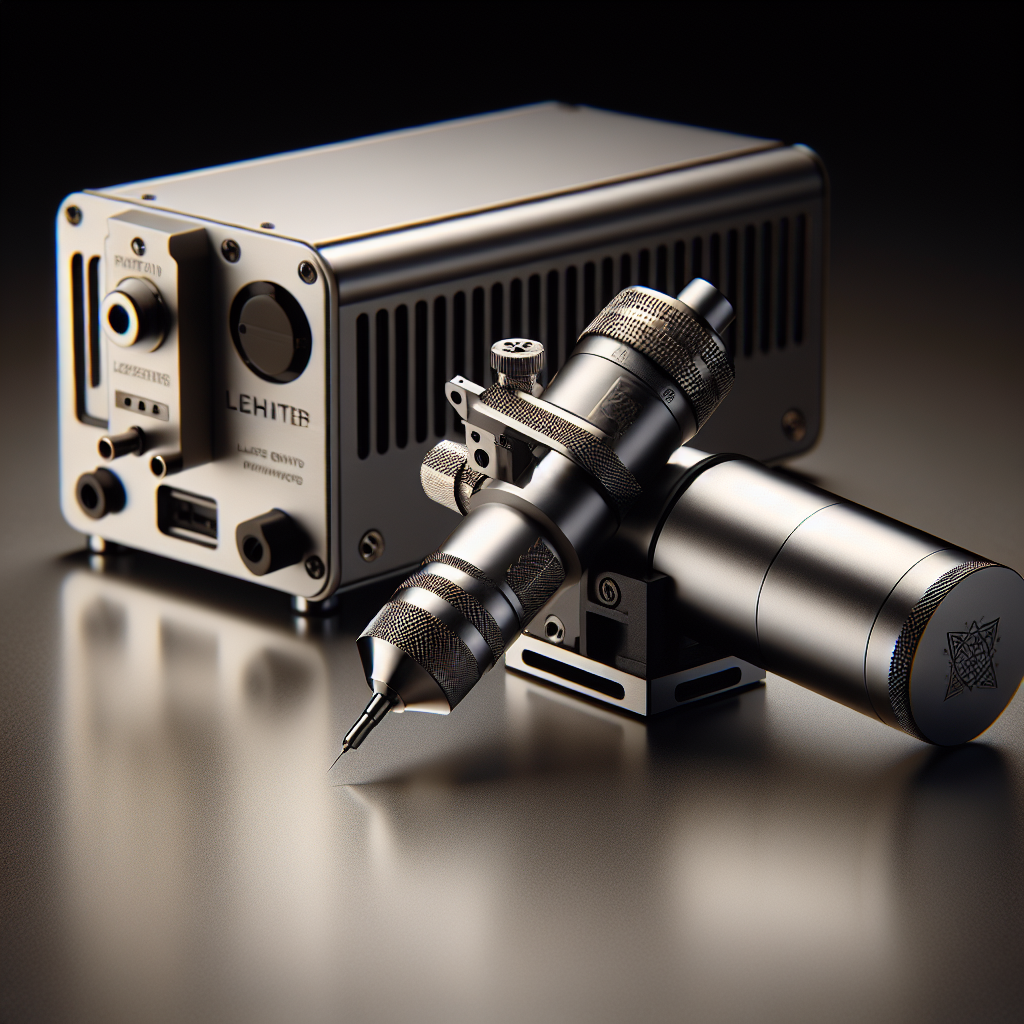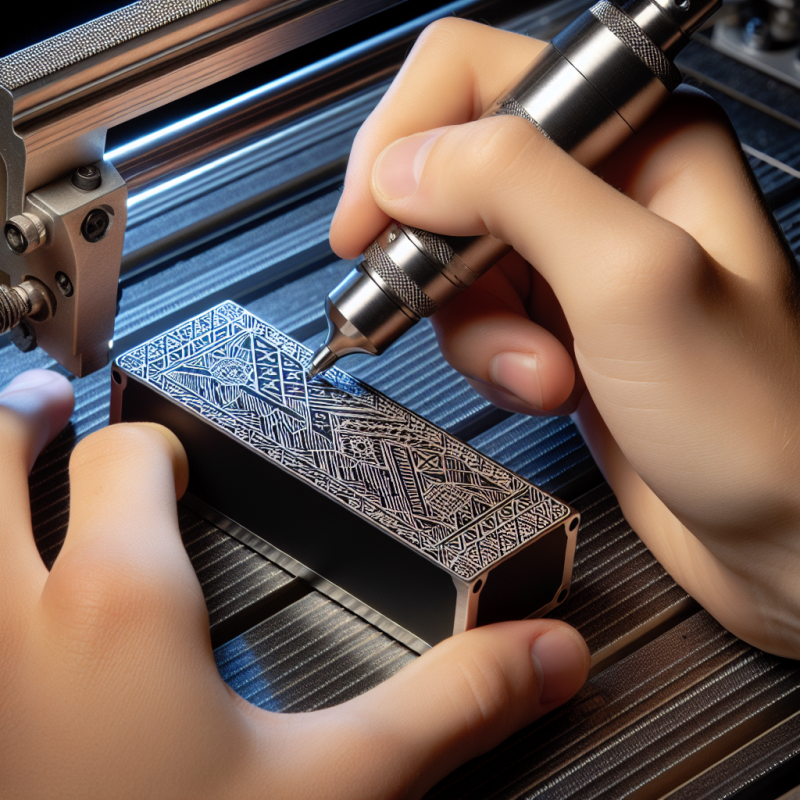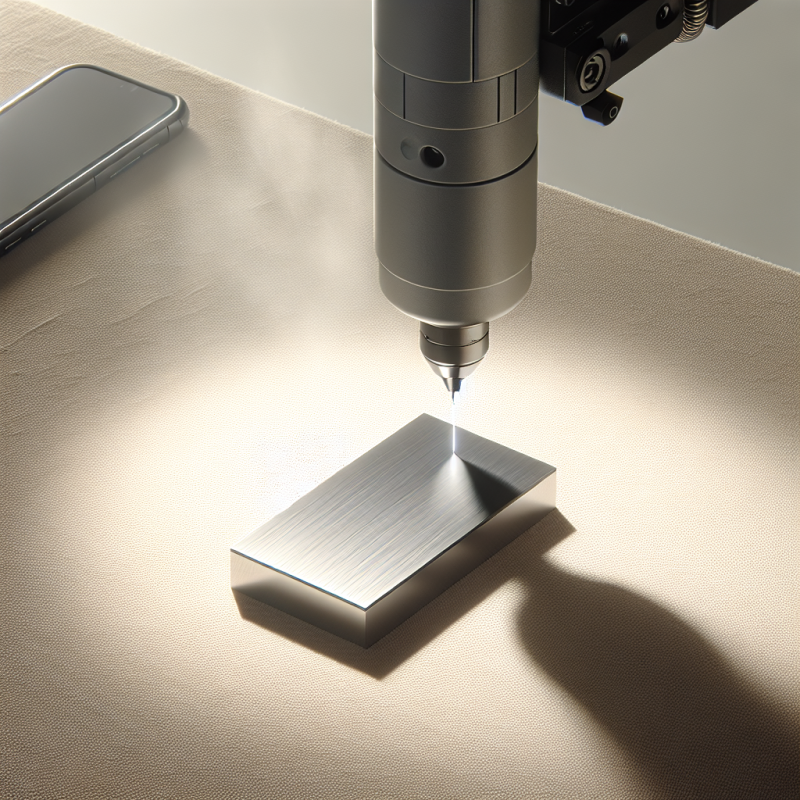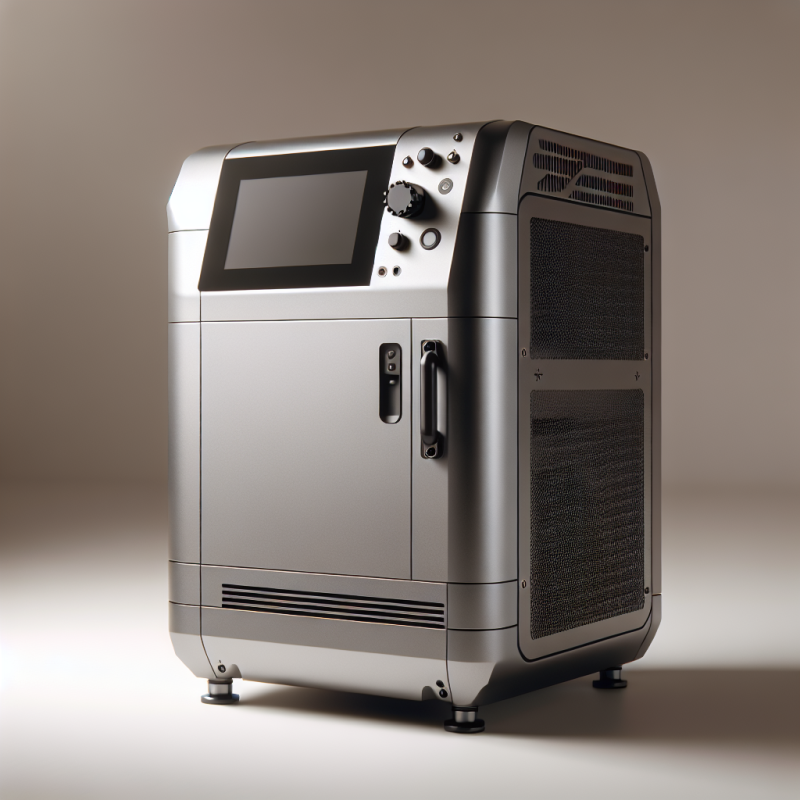Exploring the Versatility of Laser Cutter Technology: A Comprehensive Guide
Have you ever wondered how intricate designs are created on materials like wood, metal, or plastic? The answer lies in **laser cutter** technology, a groundbreaking tool that has revolutionized industries ranging from manufacturing to crafting. In this article, we will delve into the world of laser cutters, exploring their benefits, applications, and how they work. Whether you’re a hobbyist, a professional artist, or a business owner, this guide will provide you with valuable insights into the capabilities of a **laser cutter**.
What is a Laser Cutter?
A laser cutter is a precision tool that uses a focused beam of light to cut, engrave, or etch materials. Unlike traditional cutting methods, which rely on mechanical blades, laser cutters use advanced optics and computer-controlled systems to achieve unparalleled accuracy and efficiency. The machine emits a high-energy laser beam that vaporizes, melts, or burns away material, leaving behind clean and precise cuts.
The versatility of a **laser cutter** makes it suitable for a wide range of materials, including wood, acrylic, leather, fabric, metal, and plastic. This technology is widely used in industries such as woodworking, signage, fashion design, electronics, and even culinary arts (for cutting intricate designs into food). Whether you’re creating custom signs, decorative items, or industrial parts, a **laser cutter** offers unparalleled flexibility and precision.
Why Choose a Laser Cutter?
There are several reasons why a **laser cutter** is an excellent investment for both hobbyists and professionals. Here are some of the key benefits:
- Precision and Accuracy: Laser cutters can achieve cutting tolerances as low as 0.1 millimeters, ensuring that your designs are executed with pinpoint accuracy.
- Versatility: A **laser cutter** can handle a wide range of materials, making it suitable for various projects and industries.
- Speed and Efficiency: Laser cutting is significantly faster than traditional methods, reducing production time and increasing output.
- Cost-Effective: Unlike mechanical tools that require frequent blade replacements, a **laser cutter** has lower maintenance costs over time.
- Ease of Use: Modern laser cutters are equipped with user-friendly interfaces and software, making them accessible even to those without extensive technical expertise.
These benefits make a **laser cutter** an invaluable tool for anyone looking to enhance their creativity or streamline their production processes.
Applications of Laser Cutter Technology
Laser cutters are used in numerous applications across various industries. Here are some of the most common uses:
- Woodworking: Create custom furniture, decorative panels, and intricate wood art with precision and ease.
- Signage: Engrave logos, text, and graphics on materials like acrylic, metal, or wood to produce professional-quality signs.
- Fashion Design: Cut fabric patterns, create decorative elements, and even engrave jewelry with intricate designs.
- Electronics: Precision cut circuit boards, PCBs, and other components with extreme accuracy.
- Culinary Arts: Use a **laser cutter** to create elaborate designs on food items, such as cakes or chocolates.
These applications demonstrate the sheer versatility of laser cutter technology. Whether you’re working on a small-scale project or running a large production line, a **laser cutter** can meet your needs with ease and precision.
How Does a Laser Cutter Work?
To understand why a **laser cutter** is so effective, it’s essential to know how it works. Here’s a brief overview of the laser cutting process:
- Laser Generation: The machine generates a high-energy laser beam using a laser source, typically a carbon dioxide (CO2) laser for industrial applications.
- Focusing the Beam: The laser beam is focused through lenses or mirrors to create an intense, concentrated beam of light.
- Cutting or Engraving: The focused beam is directed at the material, either cutting through it by melting, burning, or vaporizing the material or engraving designs by removing layers from the surface.
- Computer-Controlled Precision: Modern laser cutters are operated using computer-aided design (CAD) software, which allows users to input their designs and control the machine’s movements with pinpoint accuracy.
This process ensures that every cut or engraving is executed with precision, making it ideal for both small-scale and large-scale projects.
Selecting the Right Laser Cutter
With so many laser cutter models available in the market, choosing the right one can be overwhelming. Here are some factors to consider when selecting a **laser cutter**:
- Type of Material: Determine the types of materials you’ll be working with, as different lasers are suited for different materials. For example, CO2 lasers are ideal for cutting wood and acrylic, while fiber lasers are better for metal.
- Cutting Capacity: Consider the thickness and size of the materials you need to cut. Larger or thicker materials will require a more powerful laser cutter.
- Budget: Laser cutters vary widely in price, so it’s essential to set a budget and choose a machine that offers the best value for your needs.
- User-Friendliness: Look for models with intuitive software and easy-to-use interfaces, especially if you’re not highly technical.
By evaluating these factors, you can select a **laser cutter** that perfectly aligns with your project requirements and budget.
Maintenance and Safety Tips
Like any precision tool, a **laser cutter** requires proper maintenance to ensure optimal performance and longevity. Here are some tips for maintaining and using your laser cutter safely:
- Clean the Machine Regularly: Dust and debris can accumulate inside the machine, so clean it regularly to maintain its efficiency.
- Check the Laser Beam Focusing System: Ensure that the lenses and mirrors are free from dirt and damage to maintain the laser’s precision.
- Use Proper Safety Gear: Always wear safety goggles when operating a **laser cutter**, as the intense light can pose a risk to your eyes.
- Ventilation is Key: Laser cutting generates fumes and particles, so ensure that your workspace is well-ventilated or equipped with an exhaust system.
By following these maintenance and safety tips, you can extend the life of your **laser cutter** and ensure safe operation.
The Future of Laser Cutter Technology
Laser cutter technology is continually evolving, offering even more advanced features and capabilities. Some emerging trends in the field include:
- AI-Driven Automation: Integration of artificial intelligence to optimize cutting patterns and reduce waste.
- Higher Precision: Advances in laser technology are enabling even finer cuts, opening up new possibilities for intricate designs.
- Sustainable Practices: Development of eco-friendly lasers that consume less energy and produce fewer emissions.
As technology progresses, the applications of **laser cutters** will only continue to expand, making them an essential tool for future innovations.
Conclusion
A **laser cutter** is a powerful tool that has transformed the way we create and produce items across various industries. Its precision, versatility, and efficiency make it an invaluable asset for both hobbyists and professionals alike. Whether you’re looking to start a new project or enhance your existing production capabilities, investing in a **laser cutter** could be the key to unlocking your creative potential.
If you’re ready to take the plunge into the world of laser cutting, consider exploring models that suit your specific needs and budget. With proper care and maintenance, your **laser cutter** will serve you well for years to come, helping you bring your ideas to life with unmatched precision and creativity.






